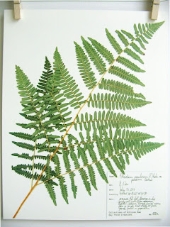.... pigs and cows prefer to eat corn grown in a field where the green manure is allowed to set seed, dry, and die off on its own. At least according to the animals, this produces a better balance of organic soil nutrition, and more flavorful produce.
Exactly - If you have and hour or so - the MOB grazing - method - totally different from our original "new" concepts of rotational grazing, strip grazing - Greg Judy does a nice job covering the issues:
webpage






